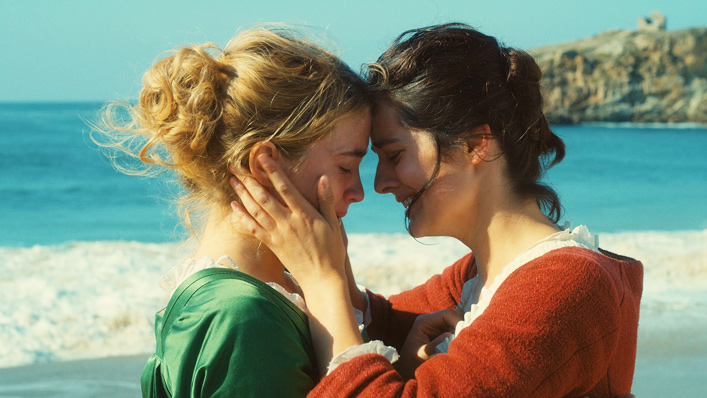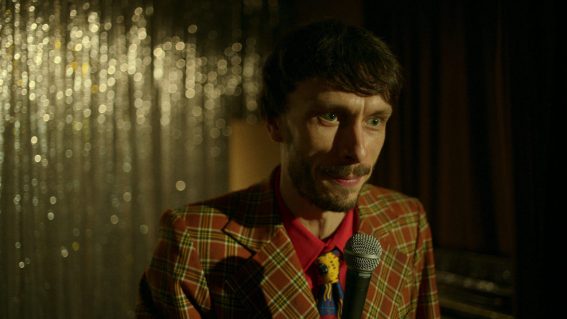Portrait of a Lady on Fire is the best film of 2019

A heartrending romance for the ages, made with masterful skill, this French period drama has been drawing acclaim since it debuted at Cannes. It’s the best film of 2019, writes critic Craig Mathieson.
Shot with formal assurance, but carried aloft by intimate possibility, Portrait of a Lady on Fire (coming to cinemas on Boxing Day) is a spellbinding cinematic romance where constraint shadows hope and a harsh ending threatens from the tender beginning. With her follow-up to 2014’s Girlhood, French filmmaker Celine Sciamma has repurposed the period drama, so that passion feels electrifyingly in the moment and the conventions that limit the 18th century female characters echo to this day.
Diametrically opposed ideas govern the movie, so that the stringent harbours the sublime. “I imagined it all, waiting for you,” one lover tells another, scene after scene feeling conjured from a similar longing.
Deposited on a remote island off France’s Atlantic coast, portraitist Marianne (Noemie Merlant) has been summoned to paint the daughter of wealthy family; the artwork must convince a suitable Milanese prospect to marry her. The house is mostly empty, the elements bracing – Gothic melodrama is one of several classical genres Sciamma synthesises – and her subject is uncooperative. The aristocratic mother and client, the Countess (Valeria Golino) asks Marianna to work surreptitiously; another daughter has already perished under troubling circumstances as her wedding loomed. The tone is refined, but any leeway has to be carved out. “May I be curious,” Marianne formally asks, because nothing is a given here.
The resulting interplay between Marianne and her subject, Heloise (Adele Haenel) is arresting. Recalled from a Benedictine monastery, as if a substitute for her deceased sibling, Heloise is uncertain of what life she will be placed in. Sciamma’s vision is one of gaze, enquiry, and the capturing of images. But those discoveries are always walled off by what a rigid patriarchal society will countenance.
There is no name in this world for women who are attracted to each other, because it can’t even be acknowledged as a concept. Nor do Heloise and Marianne believe that their fierce need can unite them. They have but five days together, while the Countess is away. It’s brief to the point of cruelty, yet it’s the lens that makes the story so compelling.
Julien Lacheray’s editing moves from one woman’s gesture to another, creating another bond between them. Their temporary world without men is completed by the young cook, Sophie (Luana Bajrami). Her crucial but matter-of-fact concerns also come to bear, and Sciamma details the codes, companionship, and unspoken support that nourish women away from the public eye.
These parallel lines illuminate the characters, showing you just how deep and true the performances of Haenel and Merlant in particular run. There are retorts loaded with anguish and moments of artistic pleasure, and as the portrait must be finished so must the affair. Sciamma’s ultimate triumph is to take that mere fleck of time together and make clear how it will carry through lifetimes. Portrait of a Lady on Fire shows how art encases desire, allowing it to endure. The film deserves the same boundless fate.















